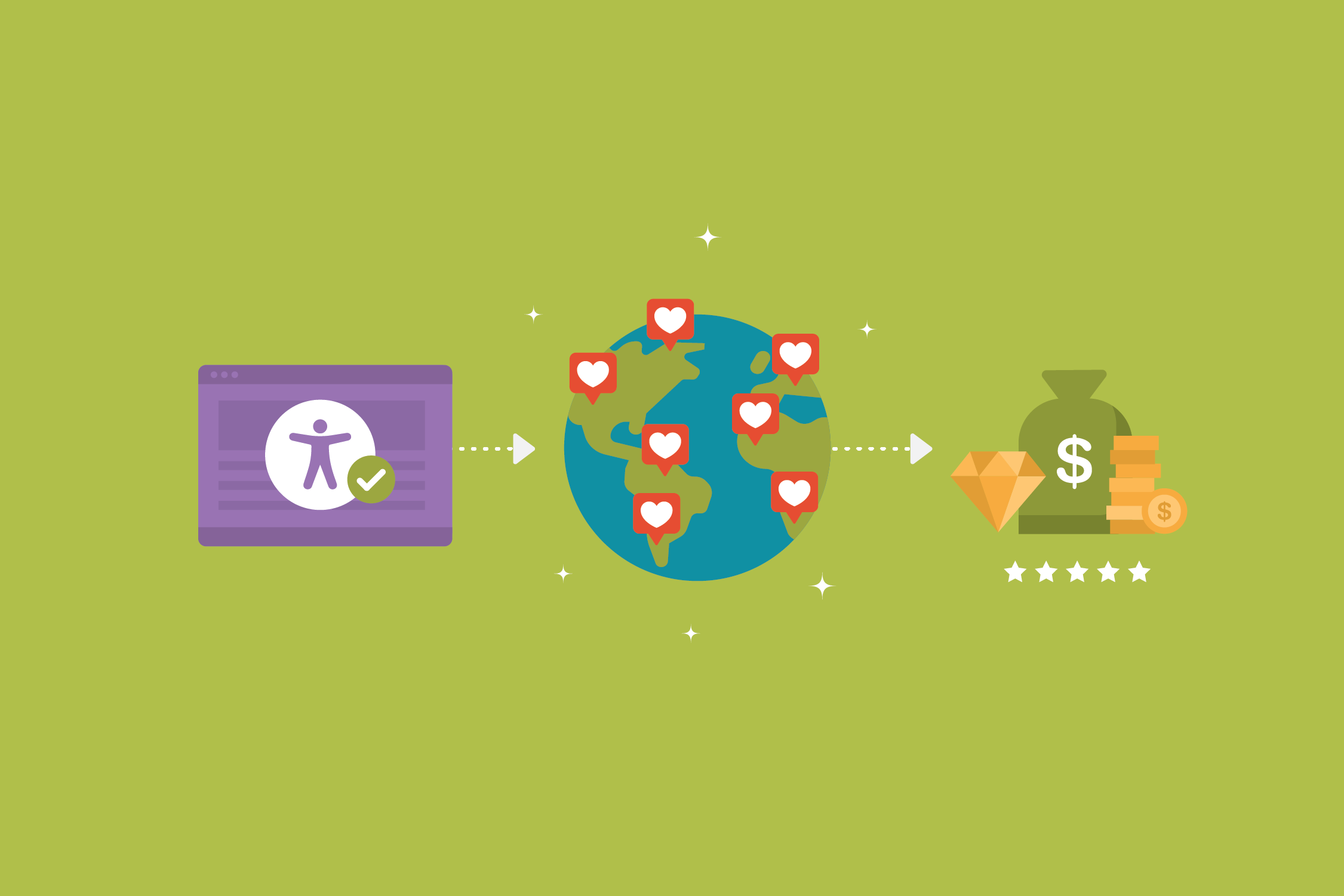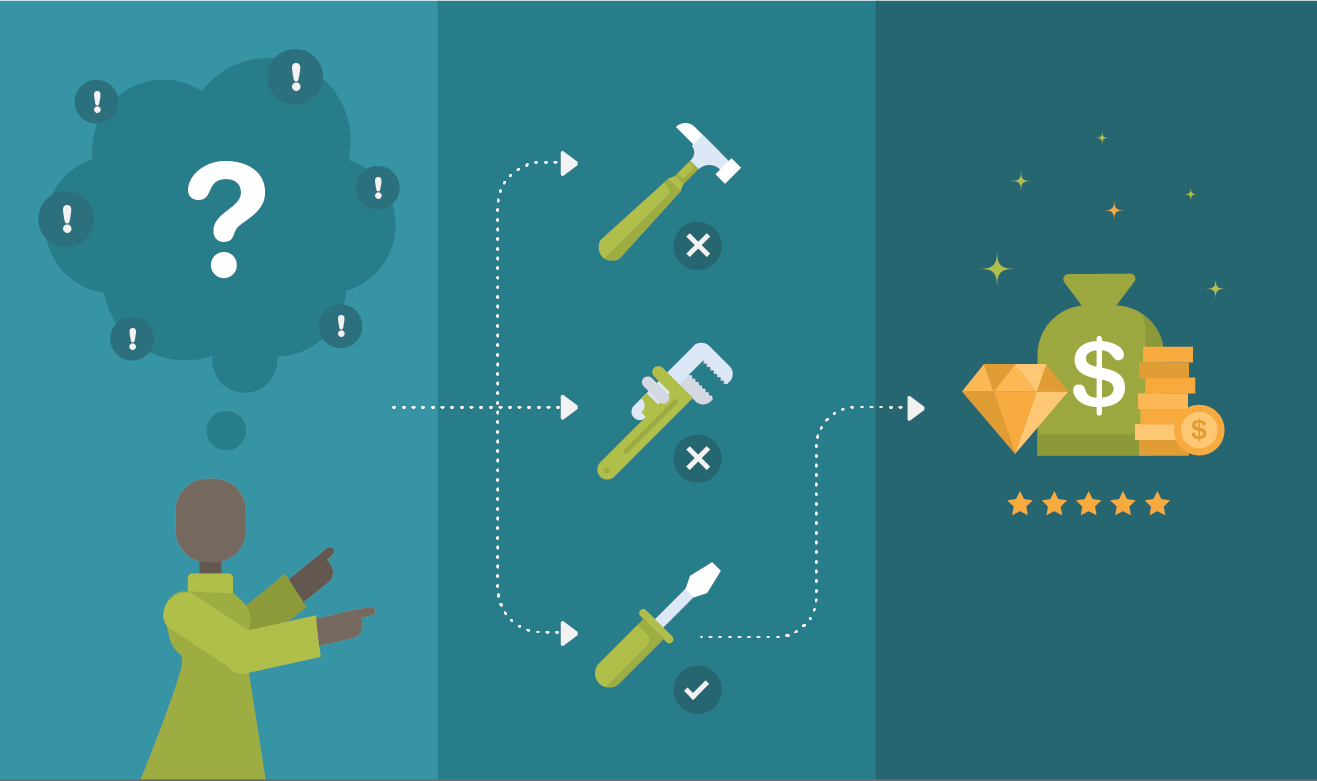Understanding DevOps Practices

What is DevOps? It’s a buzz word, to be sure. It’s a practice. It’s a process. It’s a culture. It’s a tool set. It’s all of those things, and more. Sometimes, its definition will change depending on who you ask and what problems their organization faces.










